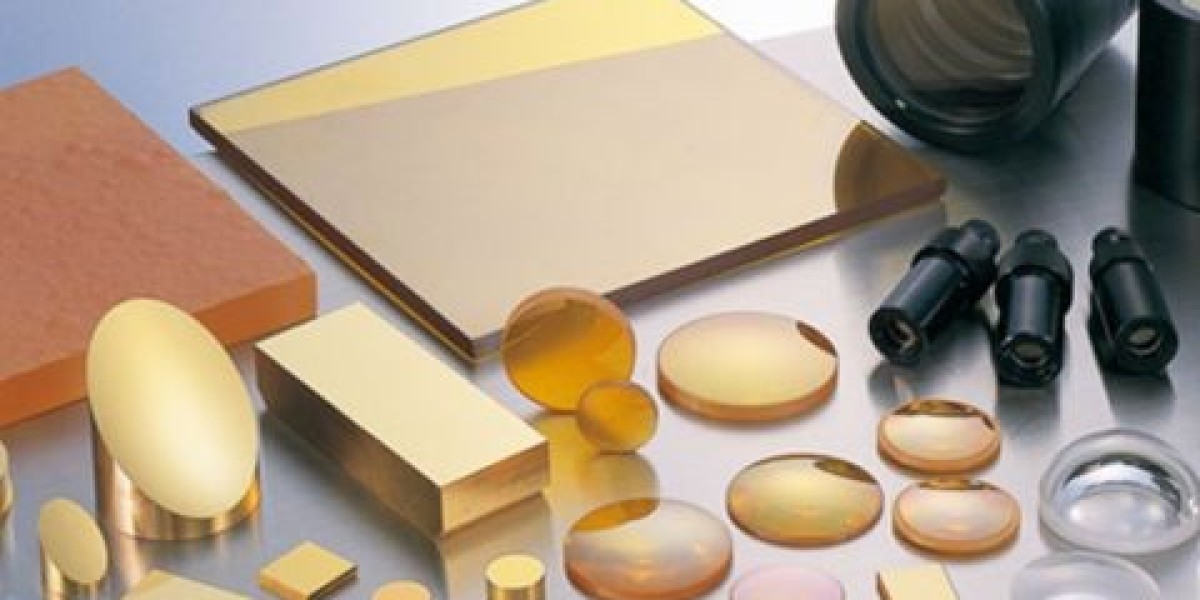The precision in laser optics is not limited to reflection or transmission—it extends to wavelength management, energy control, and surface treatment of optical materials. Whether in industrial laser cleaning or microfabrication, the performance of laser optics defines the difference between high-quality output and operational inefficiency.
The Role of Laser Optics in Beam Control
The fundamental task of laser optics is to manage the laser beam from generation to application. Inside a laser system, optics such as lenses, mirrors, beam splitters, and filters control the behavior of light. Each optical element plays a specific role—mirrors direct the beam, lenses focus it, and filters regulate unwanted wavelengths.
Beam control through laser optics ensures that energy is delivered precisely where required. For instance, in laser cutting, focusing optics concentrate the beam into a small spot to achieve clean and narrow cuts. In contrast, in marking systems, scanning optics control the beam position across a surface with accuracy measured in microns.
The quality of these optical elements must be exceptionally high, as even microscopic imperfections can cause scattering, power loss, or distortion. Hence, materials like fused silica, zinc selenide (ZnSe), or gallium arsenide (GaAs) are commonly used due to their high transmission and resistance to thermal effects.
Types of Optical Components Used in Laser Systems
Laser optics is not limited to one component—it’s a network of interconnected parts that collectively optimize light performance. The main categories include:
Laser Mirrors:
Designed to reflect specific wavelengths with high efficiency. Dielectric coatings are applied to improve reflection and durability. These mirrors ensure that the laser beam travels through the desired optical path without power loss.Laser Lenses:
Used to focus or collimate the beam. Plano-convex, biconvex, and aspheric lenses are typical configurations depending on the application requirement. The lens material and coating are selected based on the laser wavelength.Beam Splitters:
These components divide the laser beam into two or more paths for monitoring, measurement, or simultaneous operations. Precision coatings on the splitter determine the exact percentage of light transmitted or reflected.Windows and Protective Glass:
Transparent optical elements that shield internal components from dust, debris, and vapor while maintaining high transmission. They are often installed in cutting or welding heads.Filters:
Used to block unwanted wavelengths or to reduce intensity. Neutral density filters, in particular, are critical in beam power adjustment.
These optical elements operate together in harmony to ensure that the laser’s power, wavelength, and direction remain consistent from the source to the target.
Material Selection and Coating Technologies
The performance of laser optics is deeply influenced by the materials and coatings used in their manufacturing. Optical substrates must exhibit minimal absorption, high thermal stability, and resistance to damage from intense light. Fused silica is often chosen for UV and visible lasers, while ZnSe is preferred for CO₂ lasers due to its infrared transparency.
Coatings play a crucial role by reducing reflection losses and enhancing transmission. Anti-reflective (AR) coatings, high-reflective (HR) coatings, and partial-reflective coatings are tailored for specific wavelengths. These coatings are applied using methods such as ion-beam sputtering or e-beam evaporation, ensuring durability under high-power laser exposure.
A well-coated optic minimizes beam distortion, improves transmission, and extends component life. This precision coating process turns a raw optical surface into a performance-driven laser element suitable for demanding industrial use.
Wavelength Compatibility and Optical Design
Every laser operates at a specific wavelength—ranging from ultraviolet to infrared—and the optical components must match this range. Mismatch between laser wavelength and optic design can lead to energy loss or damage.
For example, CO₂ lasers typically emit at 10.6 μm, requiring infrared-compatible materials like ZnSe or Ge. Fiber lasers, which work in the near-infrared spectrum around 1064 nm, use fused silica or quartz optics. Ultraviolet lasers, on the other hand, require optics made of UV-grade fused silica or calcium fluoride.
Precision in optical design also includes considerations for curvature, coating thickness, and surface flatness. These parameters ensure that laser optics maintain consistent performance even under fluctuating temperatures or continuous high-power exposure.
Thermal Management in Laser Optics
Laser systems generate significant heat, and improper thermal control can degrade optical performance. High-power beams can lead to expansion or stress within the optical material, affecting beam alignment.
To manage this, advanced laser optics are engineered with superior heat dissipation properties. Some systems integrate active cooling or use materials with high thermal conductivity to maintain optical stability. Additionally, coatings with low absorption rates help prevent localized heating.
Thermal management ensures that the beam remains stable, preventing shifts in focus or unwanted aberrations that can impact cutting, welding, or engraving precision.
Laser Optics in Industrial and Scientific Applications
The use of laser optics extends across a broad range of industries. In manufacturing, they enable precise cutting, drilling, and surface treatment. In medical fields, they support surgical instruments and diagnostic equipment. In research and development, laser optics facilitate spectroscopy, microscopy, and quantum experiments.
In industrial laser cleaning systems, for instance, optics control the beam to remove rust, paint, or contaminants without damaging the underlying surface. In microelectronics, they support lithography and micro-machining where precision and cleanliness are paramount.
Every sector depends on the reliability of laser optics to deliver consistent and repeatable results. The continued advancement in coating durability and optical alignment systems has made lasers more stable, efficient, and versatile than ever before.
Maintenance and Lifespan of Laser Optics
Laser optics require careful handling and maintenance to preserve performance. Even a small amount of contamination can lead to absorption hotspots, eventually causing damage. Regular inspection for dust, fingerprints, or burns is essential.
Cleaning optics involves using non-abrasive materials, proper solvents, and gentle techniques to avoid scratching delicate coatings. Operators are trained to manage optics in controlled environments to minimize exposure to airborne particles.
With correct maintenance, high-quality laser optics can maintain consistent output for thousands of operational hours. Their lifespan depends on factors like power density, wavelength compatibility, and environmental conditions. Preventive care ensures cost-effective and reliable system performance.
Innovations in Laser Optics Technology
Advancements in laser optics technology are continuously improving precision, efficiency, and durability. Modern developments include adaptive optics that automatically correct beam distortions, high-power coatings capable of handling kilowatt-level outputs, and ultra-fast laser lenses for femtosecond applications.
Emerging designs are focusing on hybrid materials and nanostructured coatings that provide better reflection control and thermal stability. The integration of AI-assisted alignment systems (used in industrial automation, not mentioned as AI here) has also contributed to optimized optical calibration, improving accuracy during manufacturing processes.
These innovations are setting new standards for laser optics, enabling next-generation tools for precision manufacturing, clean energy, and medical advancements.
Final Thoughts
Laser optics remain the defining element that bridges raw laser energy with practical, controlled performance. From industrial fabrication to medical treatment, their precision governs every process that depends on concentrated light. The continuous refinement in optical materials, coatings, and thermal stability is making laser systems more reliable, efficient, and powerful.
Understanding laser optics is essential for anyone working with modern laser equipment. They are not just accessories but the foundation that shapes how lasers function and evolve in high-precision industries. As technology progresses, laser optics will continue to be the central factor in achieving consistent and high-quality results across every field where laser light is applied.





